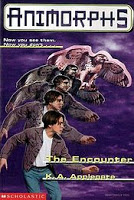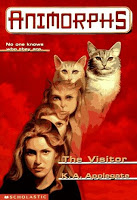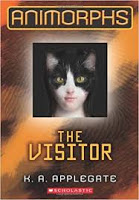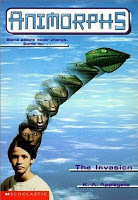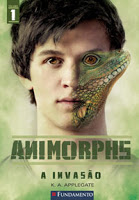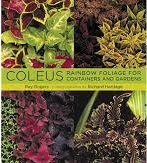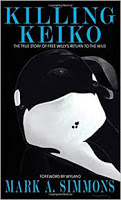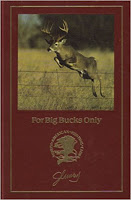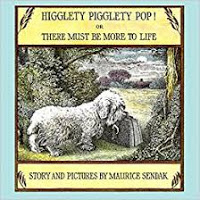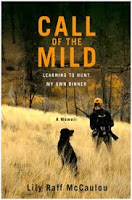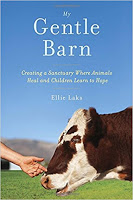Animorphs #3
by K.A. Applegate
It seems these books switch, each one written from a different viewpoint. Most of the plot in this one is about Tobias\’ struggle with his fate in the form of a hawk. More and more he feels overwhelmed by desires to live as a wild bird- to associate with a female hawk nearby, to hunt and eat prey. He\’s still part of the team and involved in their plans, but checks out now and then as he wrestles with his animal nature, sometimes acutely missing the things he used to do as a human, at other times having difficulty even remembering what that was like. In one very dark moment, he despairs about being a hawk forever and attempts a suicide move.
Meanwhile, in the ongoing conflict with the alien forces, the Animorphs discover their enemies\’ cloaked ship and attempt to sabotage it, but their plan is not very well-thought out and once more they barely escape with their lives, accomplishing nothing. There are casualties in the fight that occurs- although just a side character, it saddened me, because I liked the complexity that individual had raised with Tobias\’ situation.
There are some inconsistencies, though- now all of a sudden they can\’t communicate mentally when in human form, only if they are morphed- but in the previous two books whole conversations took place between morphed and fully human Animorphs. The descriptions of them going through stages of morphing are pretty good at making you realize what a disturbing and unsettling sight it would be- but at one point the author gets something very wrong about animal anatomy. There were a few other small details that momentarily jarred me out of the story because they just sounded inaccurate, but for the most part I enjoyed it, and once again found it a bit more complex and gritty than expected. With a nice dash of humor in the banter between characters. The new animal morph in this book was fish– and I was disappointed to not get a more detailed depiction of that experience, as the main character -of course- remained a hawk.
Borrowed from the public library. Previous book in the series. Next book.
Rating: 3/5 154 pages, 1996
